Search engine optimization (or SEO) is the practice of making changes to a website in order to increase its ranking on search engines like Google, Bing, and Yahoo. These websites use complex algorithms to rank web pages based on things like popularity, quality, and relevance. When someone types keywords into the search bar, they’re looking for information, products, or services online. Websites that have high rankings appear at the top of the search results page.
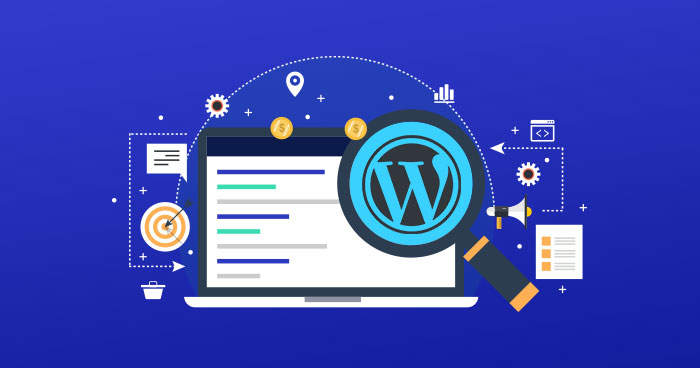
Simple WordPress SEO Techniques
A) Check the visibility settings on your website
1. Site Visibility Settings
The first step to optimizing your website’s SEO (search engine optimization) is to make sure that Google can find your content. You want to ensure that search engines can crawl your site and index its pages. If your site isn’t visible to search engines, then you won’t get any traffic from them.
To optimize your site’s visibility, you need to make sure that you have set your site’s visibility settings correctly. These settings determine how search engines view your site. There are three types of settings that you should check:
• Robots.txt – A robots.txt file tells search engines not to follow links inside certain directories on your site.
• Indexed Pages – A page is indexed if it appears in Google’s database.
• Crawl Errors – An error occurs when a crawler tries to access a page but doesn’t receive a 200 HTTP status code back.
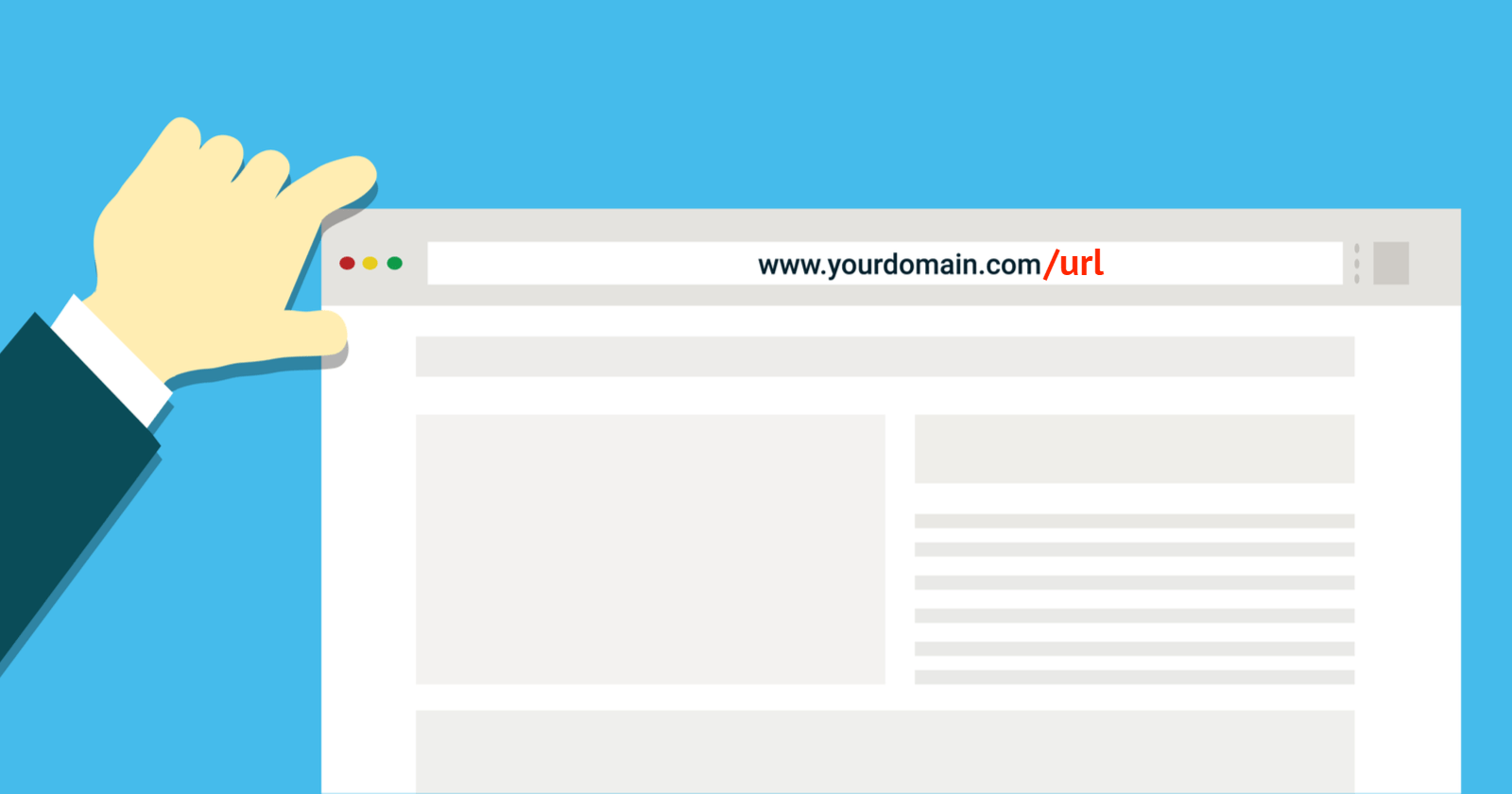
2. WordPress uses URL structures that are SEO-friendly
URL Structure is the way we identify our website pages and posts. It helps search engines understand what each page/post is about. A good URL structure should have relevant keywords in them.
3. URLs using WWW vs. non-WWW
URLs are not always what they seem. There are many different types of URLs out there, and some are much more useful than others. Here we take a look at how WWW (World Wide Web) versus non-WW (Non World Wide Web) URLs work.
WWW stands for World Wide Web, and non-WWW stands for Non World Wide Web. The WWW is the internet version of the web, while the non-WWW is the regular old web. You may have heard of websites that use both, but they are rare. Most websites only use one type of URL. Choose the one with which you feel most comfortable.

B) The Best WordPress SEO Plugin
1. Selecting the top WordPress SEO plugin
- Yoast SEO
Yoast SEO is the best WordPress SEO plugin. It’s free and open-source software (FOSS). It’s a powerful tool that helps you optimize your content for search engines. In addition, it provides many features to help you manage your site’s SEO. You can use it to create sitemaps, analyze keywords, track backlinks, find duplicate pages, and much more.
- All in One SEO Pack
All in One SEO Pack is a premium SEO plugin. It offers a lot of features to improve your website’s SEO performance. It includes a keyword research module, a meta generator, a page analysis tool, a link-building tool, and a social media management tool.
- SEO Ultimate
SEO Ultimate is a premium SEO plugin that offers a lot of features. It includes a keyword analyzer, a meta generator, an XML Sitemap Generator, a Google Analytics integration, a Social Media Management Tool, and a Link Building Tool.
- WP Rocket
WP Rocket is a premium SEO plugin for WordPress. It offers a lot more than just SEO tools. It also includes a Page Speed Optimizer, a Security Scanner, a Mobile User Experience Analyzer, a W3C Validation Checker, and a Redirect Manager.
- All in One Schema Rich HTML Validator
All in One Schema Rich Html Validator is a premium SEO plugin with a lot of features. Its primary purpose is to validate your HTML code. It checks for broken links, missing tags, invalid characters, and more.
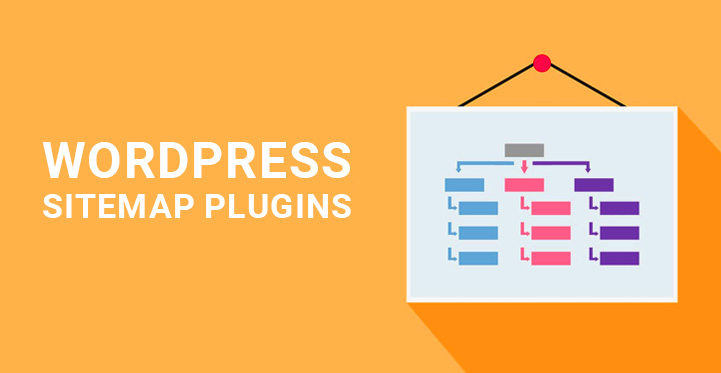
2. WordPress sitemaps can be added
- Add XML Sitemap plugin
The XML sitemap plugin adds a link at the bottom of each page that points to the site’s sitemap.xml file. This helps search engines find pages on your website faster. You can add the link manually using HTML code, or let the plugin do it automatically.
- Install the plugin
Download the latest version of the XML sitemap plugin from the WordPress Plugin Directory.

3. Site addition to Google Search Console
- Sign Up
Google Search Console (GSC) is a free service offered by Google that helps webmasters manage their search engine optimization efforts. GSC provides insights into how users find and interact with your website, including information about your keywords and what pages visitors view. You can use these insights to improve your SEO strategy.
- Create Your Account
Enter your email address and click Continue.
- Log In
Log in using your Gmail credentials. If you don’t have a Google account, click Create New Account.
- Add Your Site
Click Manage Sites. Click + Add a site. Select Website. Enter the URL of your site. Choose whether to add a subdomain or domain name. Click Save.
- Verify Your Site
Verify your site’s ownership and configuration settings. To do this, select the verification option at the bottom of the page.
- Check Your Analytics Data
Analytics data shows how people are finding your site. You’ll need to verify your tracking ID before you can access this section. Go back to Step 4.
- Optimize Your Content
Optimize your content for mobile devices. To do this, click Mobile Usability. Then, choose the device type you want to optimize for. Finally, make sure you’re optimizing for the correct language.

4. Enhancing the SEO of your blog articles
- Title Tags
The title tag is the first thing people see when they visit your site. It’s what Google uses to determine how relevant your content is to their search terms. If you want to rank higher in search results, make sure your title tags are optimized.
- Keywords
Keywords are words that describe your post. Use them naturally in your writing. You don’t have to use keywords in your titles, but do use them in your body copy.
- Body Copy
Your body copy should be short and sweet. Keep paragraphs short and focused. Break up longer pieces of text with bulleted lists. Try to keep your body copy under 2,000 characters.
- Images
Images help break up long blocks of text and add visual interest. Make sure images are relevant to your topic though. Avoid using stock photography and focus on finding original images that match your brand.
- Links
Links are a great way to get more traffic. But make sure you only link to high-quality sites. Also, avoid spammy links.
- Internal Links
Internal links allow readers to navigate throughout your website. Create internal links to related articles, FAQ pages, etc.
- Alt Text
Alt text is the alternative text description given to any image. Search engines may not display images if the alt text doesn’t provide enough information. Make sure you always write unique descriptions for each image.
5. Researching keywords for your website
Keyword Research is the most important step toward SEO (Search Engine Optimization). Keywords are what people type into search engines to find websites. If you want your site to rank high in Google, then you need to make sure that your keywords are included in your content.
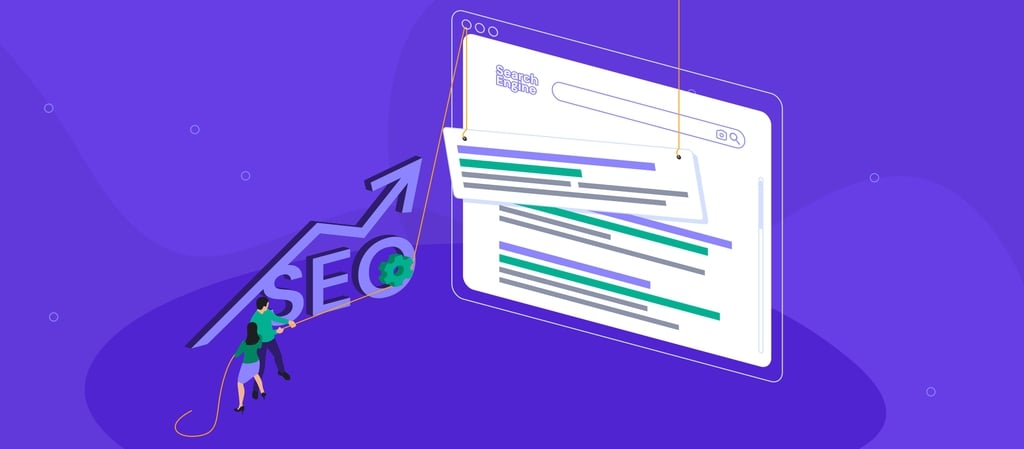
C) WordPress Best Practices for SEO
1. WordPress category and tag use best practices
- Categories and Tags
Categories and tags are two of the most powerful tools in WordPress. These two features allow users to organize content into groups and subgroups. Categories help users find posts based on their interests, while tags help users find posts based on keywords. Both of these features are extremely useful for SEO purposes.
- Don’t Overuse Categories
Overusing categories can cause problems for your site’s performance. If you have a lot of posts that fall under the same category, Google may decide that those posts aren’t relevant enough to show up in search results. So, try not to overuse categories.

2. Make it a practice to link internally
- Internal Linking
Internal linking is the act of making links between pages on your website. These links allow users to navigate easily through your site. Internal linking occurs when you link one page to another page on your own website.
- Internal Linking Tools
There are many tools out there that make it easier to add internal linking to your site. One of the best tools is Yoast SEO. Yoast SEO makes adding internal links a breeze. All you have to do is enter the URL of the page you want to be linked to and select the type of link you’d like to add.
3. WordPress comment optimization
- Disable comment spam
Comment spam is a huge problem for WordPress sites, especially those that have a lot of traffic. Comment spammers use automated software to post hundreds of comments at once, flooding your site with useless content. If you don’t want to lose visitors due to spam, disable comment spam on your website.

D) Security and Quickness for WordPress SEO
1. Improve the functionality and speed of your website.
The first step to optimizing your site’s speed and performance is to understand what your site is doing right now. You should start by looking at the page load time metrics for your site. If your page loads faster than 1 second, then it is fine. However, if your page takes longer than 2 seconds, then you need to implement some of these tips.
- Use CSS Sprites
CSS sprites are images that are combined together to create a single image file. When a user requests a web page, they request each individual image individually. By combining them into a single sprite, we reduce the number of HTTP requests that our users have to make. We do this by saving bandwidth, reducing server load, and speeding up loading times.
- Reduce Image Size
Reducing the size of images helps improve the performance of your website. A good rule of thumb is to keep images below 100KB.

2. WordPress picture optimization for SEO
- Optimize Images
Images are one of the most important parts of any website. When optimizing images for search engines, make sure they have alt-text tags. These tags are what Google uses to determine what the image is about. If you don’t know what alt text means, then you should probably ask someone who does before uploading them to your site.
- Use Schema Markup
Schema markup helps search engine spiders understand how your page works. By using schema markup, you’re telling Google exactly what each section is called and what its purpose is.
- Links
Adding title tags to your images is a great way to get more traffic. Search engines love titles, especially if they match the content of the image.
- Include Keywords
Keywords are words that people type into a search box to find something specific. Adding keywords to your images makes it easier for people to find what they want.
- Create Descriptions
Descriptions are short blurbs that give visitors information about your images. People often click on images without reading descriptions, so having good ones can increase your clickthrough rate.

3. Keeping your WordPress site safe and secure
The WordPress platform is designed to make it easy for anyone to use, however, there are some risks associated with using it. If you are hosting your own website, then you should ensure that you take precautions to protect yourself and your customers. Here are some things you can do to keep your site safe:
• Use strong passwords. A password should consist of at least eight characters and contain both letters and numbers. You should change your password regularly.
• Keep your computer updated. Make sure you update your operating system and any programs that run on your computer.
• Backup your data. Backing up your files is critical if something happens to your computer.
• Avoid clicking on links in emails. Hackers sometimes send out malicious emails that look legitimate.
• Install anti-virus software. Antivirus software scans your computer for viruses and malware.
• Be careful what you download. Don’t click on links in email messages unless you know where they lead.
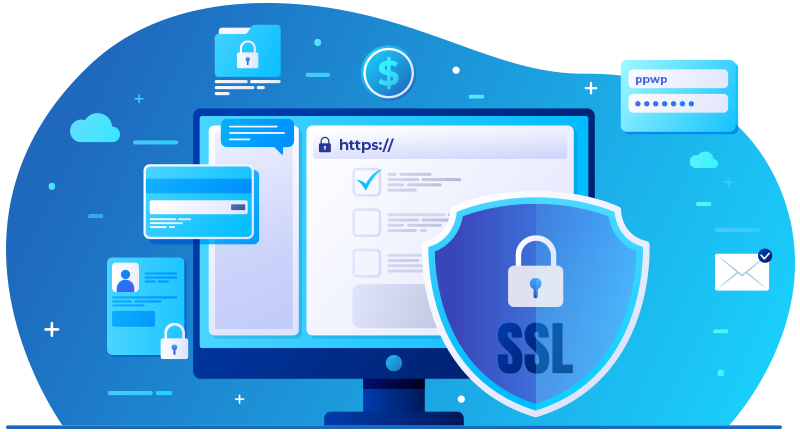
4. Get started with SSL/HTTPS
SSL (Secure Sockets Layer) is a protocol developed by Netscape Communications Corporation and RSA Security Incorporated that provides data encryption over the Internet. HTTPS (Hypertext Transfer Protocol Secure) is a protocol extension to HTTP (Hypertext Transfer Protocol), providing end-to-end security for communication between web servers and browsers.
The use of SSL/HTTPS ensures that any information transferred between your browser and the website server is encrypted. This prevents anyone else from reading what you’re sending or receiving.




